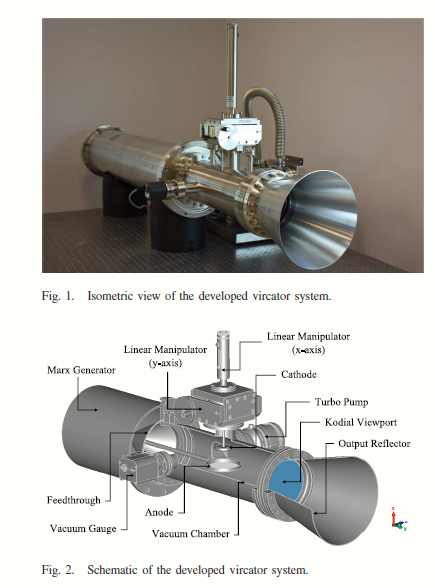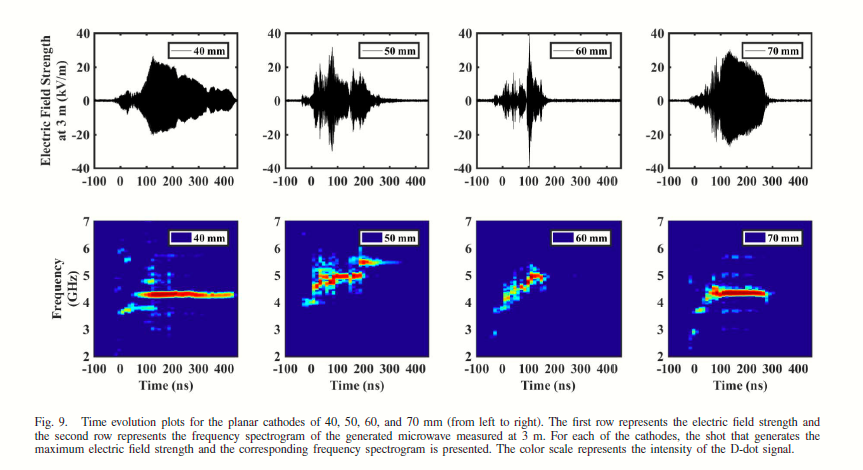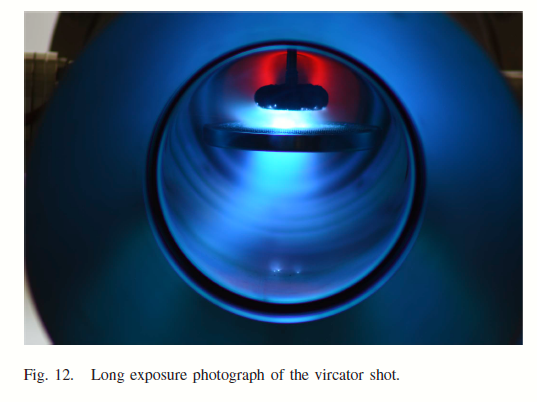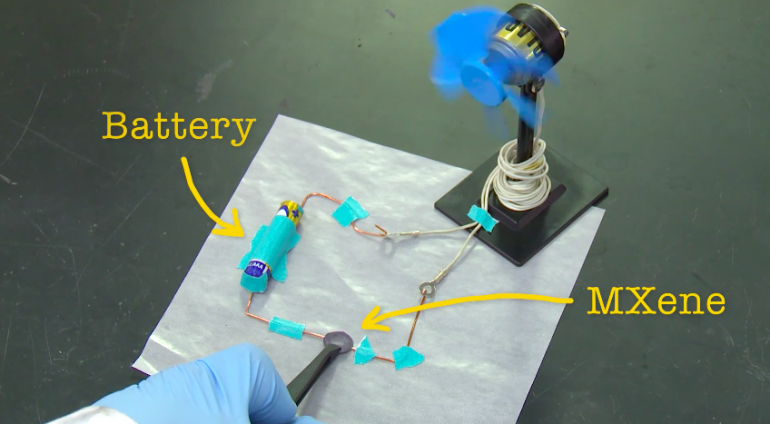İsmail Demir announced that Tübitak and Roketsan had developed an electromagnetic bomb (EMP).
On questions about electronic bombs, İsmal Demir, "There were design studies within the body of TÜBİTAK, they have reached a certain maturity. ROKETSAN is also at work on this issue. Electronic warfare can make significant effects on the field with its diversity and dimensions. . We continue these studies in terms of both export and our own needs." said.

 www.aa.com.tr
www.aa.com.tr
To understand the potential of EMP bombs around the world
Northrop Grumman to offer electromagnetic pulse counter-UAV weapon
flightglobal.com/farnborough-2020/northrop-grumman-to-offer-electromagnetic-pulse-counter-uav-weapon/139433.article#.Xxk0iLbl4qk.twitter
Mary Lou Robinson, chief of the High Power Microwave Division of the US Air Force Research Laboratory, announced that the EMP missile (CHAMP project) is operational. The missile is planned to be used against North Korea and Iran. It was announced that the missile had a range of 1120 km.
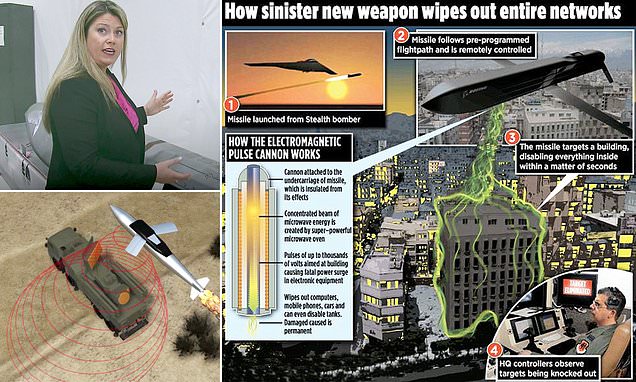
 www.dailymail.co.uk
www.dailymail.co.uk
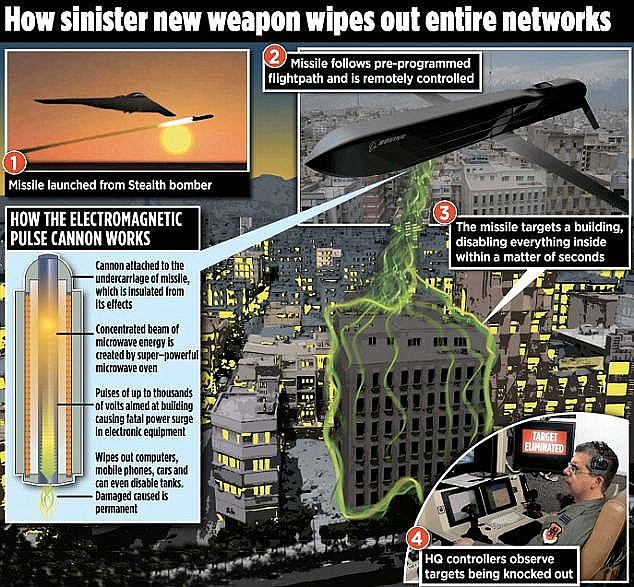

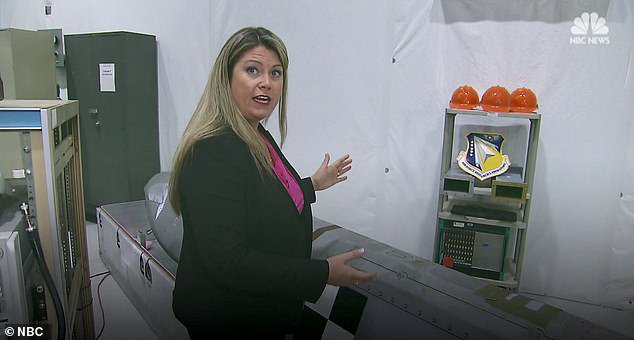
Counter-electronics High-powered Microwave Advanced Missile Project (CHAMP)
Aerospace Security CSIS platform announced that EMP attacks on satellites can be carried out.
On questions about electronic bombs, İsmal Demir, "There were design studies within the body of TÜBİTAK, they have reached a certain maturity. ROKETSAN is also at work on this issue. Electronic warfare can make significant effects on the field with its diversity and dimensions. . We continue these studies in terms of both export and our own needs." said.

Cumhurbaşkanlığı Savunma Sanayii Başkanı Demir: Altay tankının seri üretiminin gelecek yıl başlamasını bekliyoruz
Savunma Sanayii Başkanı Demir, Altay tankının seri üretiminin gelecek yılın ortalarında başlamasının beklendiğini, Aksungur ve Akıncı gibi yüksek faydalı yük taşıyacak insansız hava araçlarının da gelecek yıl teslim edilmeye başlanacağını bildirdi. - Anadolu Ajansı
To understand the potential of EMP bombs around the world
Northrop Grumman to offer electromagnetic pulse counter-UAV weapon
flightglobal.com/farnborough-2020/northrop-grumman-to-offer-electromagnetic-pulse-counter-uav-weapon/139433.article#.Xxk0iLbl4qk.twitter
Mary Lou Robinson, chief of the High Power Microwave Division of the US Air Force Research Laboratory, announced that the EMP missile (CHAMP project) is operational. The missile is planned to be used against North Korea and Iran. It was announced that the missile had a range of 1120 km.

Air Force has deployed missiles that could fry electronics of Iran
The microwave weapons are fitted into an air-launched cruise missile and delivered from B-52 bombers. They can fly into enemy airspace and disable any electronic devices.



Aerospace Security CSIS platform announced that EMP attacks on satellites can be carried out.
Last edited:





